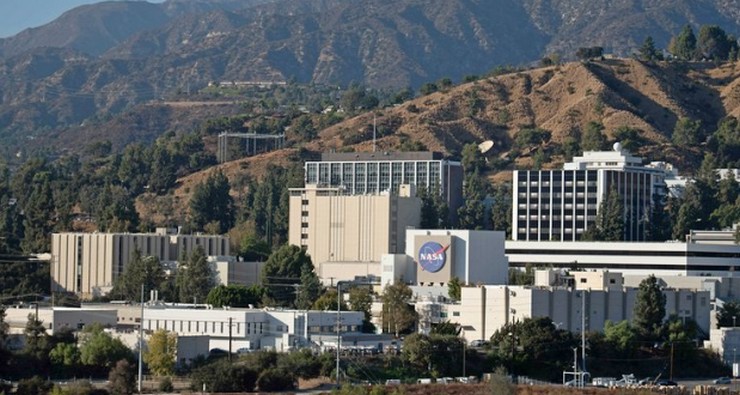
A team of researchers at Pasadena’s Jet Propulsion Laboratory in Pasadena are experimenting with robotic submersibles and trying to develop artificial intelligence that may help these instruments track signs of life below the waves.
The effort is not just for the benefit of understanding Earth’s marine environment; the team hopes this artificial intelligence will someday be used to explore the icy oceans believed to exist on moons like Europa, the smallest of four small Galilean moons orbiting Jupiter. These oceans are thought to be some of the most likely places to host life in the outer solar system.
In a recent trip, the team used a fleet of six coordinated drones to study the features of Monterey Bay.
To plot their routes, forecasts of changes in sea temperature and salinity were sent to the drones from shore. The drones also sensed how the ocean actively changed around them.
“Autonomous drones are important for ocean research, but today’s drones don’t make decisions on the fly,” Steve Chien, who leads the Artificial Intelligence Group at JPL, said. “In order to study unpredictable ocean phenomena, we need to develop submersibles that can navigate and make decisions on their own, and in real-time. Doing so would help us understand our own oceans – and maybe those on other planets.”
Chien’s team includes researchers from Caltech, the Monterey Bay Aquarium Research Institute in Moss Landing, and the Woods Hole Oceanographic Institute and Remote Sensing Solutions, both in Massachusetts.
Andrew Thompson, assistant professor of environmental science and engineering at Caltech, said the project could lead to submersibles that can plot their own course as they go, based on what they detect in the water around them.
“Our goal is to remove the human effort from the day-to-day piloting of these robots and focus that time on analyzing the data collected,” Thompson said. “We want to give these submersibles the freedom and ability to collect useful information without putting a hand in to correct them.”
The intelligent “sea drones” should eventually be able to track the smallest forms of marine life that thrive around nutrients that support plankton. Small fish follow the plankton for food and the big fish follow the small fish. Should the sea drones be able to find the nutrients, they would then be able to follow the breadcrumb trail to other marine life, the research team explains.
“It’s all three dimensions plus time,” Chien said about the challenges of tracking ocean features. “Phenomena like algal blooms are hundreds of kilometers across. But small things like dinoflagellate clouds are just dozens of meters across.”
Thompson says truly autonomous robots have been a holy grail in oceanography for decades.
“Bringing JPL’s exploration and AI experience to this problem should allow us to lay the groundwork for carrying out similar activities in more challenging regions, like Earth’s polar regions and even oceans on other planets,” Thompson said.
The recent field work at Monterey Bay was funded by JPL and Caltech’s Keck Institute for Space Studies (KISS). Additional research is planned in the spring of 2017.
For more information about this research, visit www.kiss.caltech.edu/new_














 0 comments
0 comments


